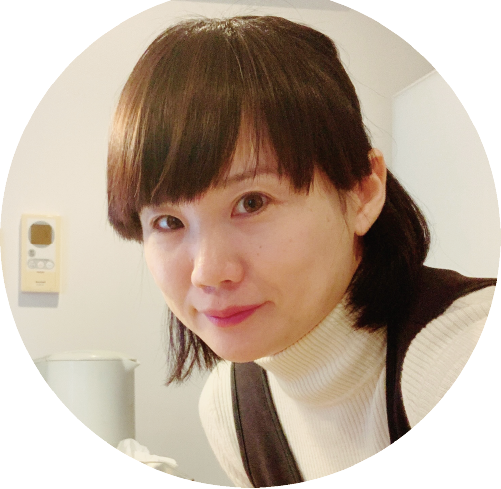Sing for my father’s 日本人のルーツを探れ! 前半

古代ギリシアの戦争大好き民「スパルタ」について読んだけれど、その頃の日本って何時代だったの?
Listen on podcast〜ポッドキャストで聞く
今日は ウェブサイト【北海道と北東北にある縄文時代の遺跡群】のページの英文(https://jomon-japan.jp/en/learn/jomon-prehistoric-sites-in-northern-japan)を読みます。この遺跡群は2021年にユネスコの世界遺産に登録されたもので、特設のウェブサイトにはたくさんの画像と面白い情報が英語と日本語で掲載されているのでぜ、ひチェックしてみてください。
Today’s quiz
No.1 How long did the Jomon period last?
No.2 Why were the people of the Jomon period able to secure a stable food supply?
No.3 What did the Jomon people believe in?
English
Jomon Prehistoric Sites in Northern Japan
The Jomon period is an age of Japanese prehistory that spans a period of time from about 15,000 to 2,400 years ago.
In Japan, the Jomon period was preceded by the Paleolithic period, a long period of cooler temperatures, and was followed by the Yayoi period, characterized by paddy rice cultivation and agriculture.
Northern Japan, where the Jomon Prehistoric Sites are located, has varied landforms, such as mountains, hills, plains, and lowlands, as well as inner bays, lakes and marshes, and rivers with an abundant flow of water. This area is blessed withforest and aquatic resources. Cool-temperate deciduous broadleaved forests consisting chiefly of beech spread widely, and the intersection of warm and cold currents create ideal fishing conditions off the coast. Also, migratory fish such as salmon and trout swim upstream in the rivers.
Under such environmental conditions, people living in Northern Japan were able to secure food in a stable manner, and they initiated a sedentary way of life using pottery around 15,000 years ago. Over the subsequent 10,000 years, they continued a lifestyle based on hunting, fishing, and gathering, adapting to environmental changes such as climate warming and cooling and the corresponding marine transgressions and regressions.
Already in the very early stage of sedentary life, they developed a complex spiritual culture. They made graves and created dumping grounds, artificial earthen mounds, and stone circles that were used for rituals and ceremonies. These were built for ancestor and nature worship, for prayer for the fertility of nature, or to confirm a social bond across the generations.
The Jomon Prehistoric Sites in Northern Japan consist of 17 archaeological sites that illustrate the way of life of people at that time, including settlements, burial areas, and stone circles where rituals and ceremonies were performed.
text from: JOMON ARCHIVES https://jomon-japan.jp/en/
Japanese
北日本の縄文先史時代遺跡群
縄文時代は、日本の先史時代のひとつで、約15,000年前から2,400年前までに渡ります。
日本では、縄文時代に先立って気温の低い旧石器時代が長く続きました。また縄文時代の後には、水田での稲作と農耕を特徴とする弥生時代が続きます。
縄文先史遺跡群のある北日本には、山地、丘陵地、平野、低地と変化に富んださまざまな地形があり、内湾や湖、沼地、水量が豊富な河川もあります。この地域は森林資源と水資源に恵まれています。主にブナを中心とした冷温帯の落葉広葉樹林が広く分布し、沖合では暖流と寒流が交差し、理想的な漁業条件が生み出されています。また、河川にはサケやマスなどの回遊魚が遡上してきます。
このような環境条件のもと、北日本に住む人々は食料を安定して確保することができ、1万5千年前頃から土器をつかった定住生活を始めました。その後1万年以上にわたって、狩猟や漁撈(ぎょろう、海産物を採ること)、そして採集を中心とした生活を続け、気候の温暖化や寒冷化、それに伴う海進・海退などの環境変化に適応してきました。
定住生活のかなり早い初期段階から、彼らは複雑な精神文化を発展させていました。お墓を作り、ゴミ捨て場、人工的な土塁や、儀式や式典に使われるストーンサークルを作りました。これらは先祖や自然を崇拝するため、自然の豊穣を祈るため、または世代を超えた社会的な絆を確認するために築かれました。
北日本の縄文先史遺跡群は、集落、埋葬地、祭祀(さいし)や儀式が行われたストーンサークルなど、当時の人々の生活様式を示す17の遺跡から構成されています。
Vocabulary
the Paleolithic period 旧石器時代
plain 平野
inner bays 内湾
marshes 沼地
deciduous 落葉性の
broadleaved forests 広葉樹林
beech ブナ
warm and cold currents 暖流と寒流
番組への感想、ツッコミなどなどお便りはこちらから。